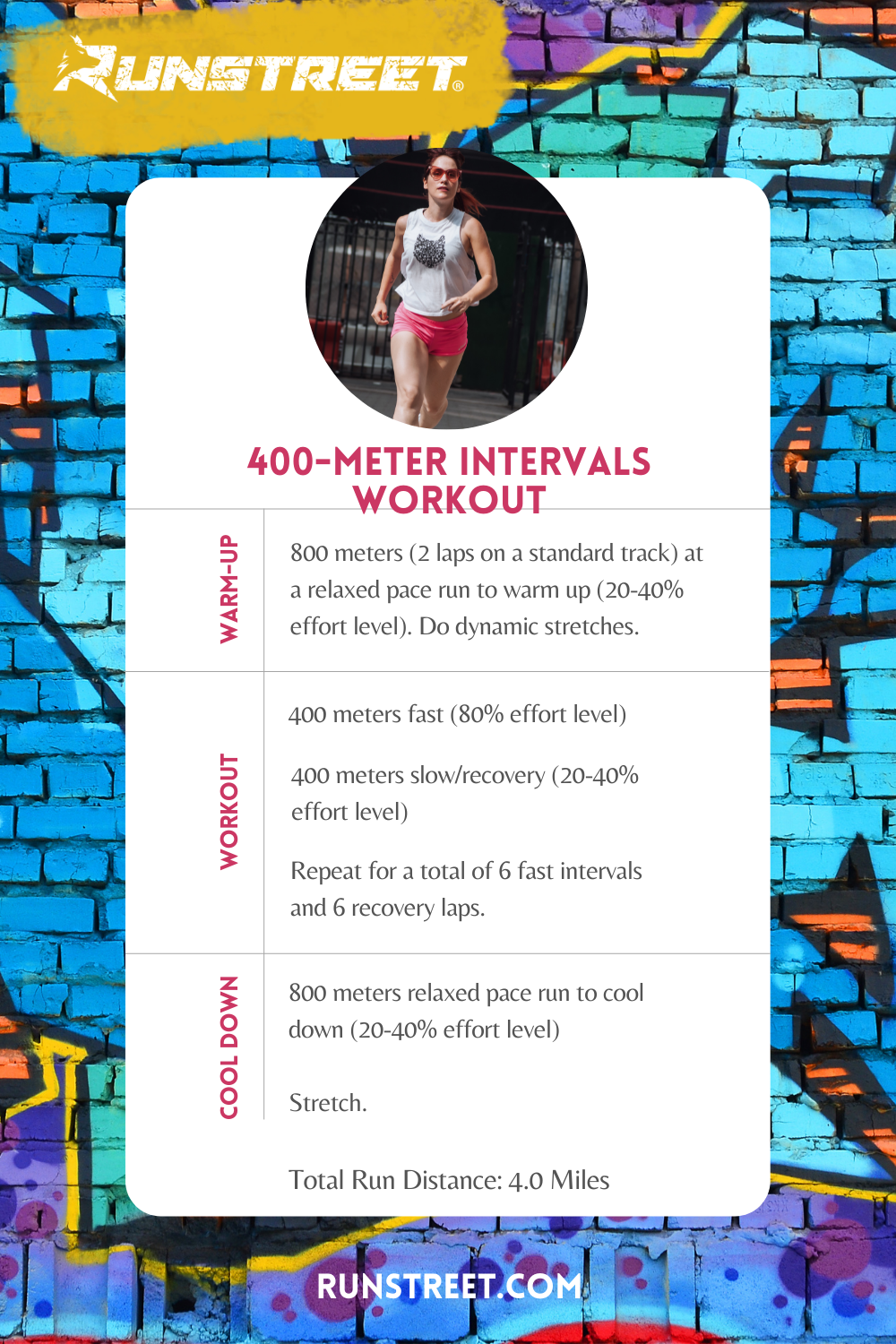Master Your Running Workout: Efficient Strategies for Success
Master Your Running Workout: Efficient Strategies for Success
Blog Article
Handling Typical Running Discomforts: Reasons, Solutions, and Avoidance
As joggers, we frequently experience different discomforts that can prevent our efficiency and satisfaction of this exercise. From the debilitating discomfort of shin splints to the unpleasant IT band syndrome, these typical running pains can be discouraging and demotivating. Understanding the causes behind these conditions is vital in properly resolving them. By discovering the origin factors for these operating discomforts, we can uncover targeted services and preventive steps to guarantee a smoother and much more fulfilling running experience (see here).
Common Running Discomfort: Shin Splints
Shin splints, a common running discomfort, frequently result from overuse or improper shoes during physical task. The repeated stress on the shinbone and the cells connecting the muscles to the bone leads to swelling and pain.
To prevent shin splints, individuals must gradually enhance the strength of their exercises, wear appropriate footwear with appropriate arch assistance, and maintain flexibility and stamina in the muscular tissues surrounding the shin. If shin splints do occur, preliminary therapy involves rest, ice, compression, and elevation (RICE) Furthermore, incorporating low-impact tasks like swimming or cycling can assist keep cardio fitness while enabling the shins to recover. Relentless or extreme cases may require medical examination and physical therapy for effective management.
Common Running Pain: IT Band Disorder
In enhancement to shin splints, one more common running pain that athletes frequently experience is IT Band Disorder, a problem triggered by swelling of the iliotibial band that leaves the outer thigh and knee. IT Band Disorder commonly materializes as pain outside of the knee, especially throughout tasks like running or biking. The iliotibial band is a thick band of fascia that attaches the aware of the shin, and when it becomes inflamed or limited, it can scrub against the upper leg bone, causing pain and pain.
Runners experiencing IT Band Syndrome might observe a stinging or hurting feeling on the outer knee, which can get worse with ongoing activity. Factors such as overuse, muscle inequalities, incorrect running form, or poor warm-up can add to the advancement of this condition. To avoid and minimize IT Band Disorder, runners should concentrate on stretching and reinforcing workouts for the hips and thighs, appropriate footwear, steady training progression, and resolving any type of biomechanical issues that might be exacerbating the trouble. Disregarding the signs and symptoms of IT Band Disorder can lead to persistent issues and extended recovery times, highlighting the importance of early treatment and proper administration techniques.
Usual Running Discomfort: Plantar Fasciitis

Plantar Fasciitis can be credited to different variables such as overtraining, inappropriate shoes, running on hard surfaces, or having high arches or flat feet. To avoid and minimize Plantar Fasciitis, joggers can integrate extending exercises for the calves and plantar fascia, use helpful footwear, preserve a healthy weight to decrease strain on the feet, and gradually increase running intensity to stay clear of abrupt stress and anxiety on the plantar fascia. If symptoms linger, it is advised to consult a medical care specialist for correct diagnosis and treatment options to address the problem effectively.
Usual Running Discomfort: Runner's Knee
After dealing with the obstacles of Plantar Fasciitis, another widespread problem that joggers often deal with is Jogger's Knee, an usual running pain that can impede sports efficiency and create discomfort during physical task. Jogger's Knee, also known as patellofemoral pain disorder, shows up as discomfort around or behind the kneecap. Runners experiencing this pain may feel a dull, aching pain while running, going up or down stairs, or after extended durations of resting.
Usual Running Discomfort: Achilles Tendonitis
Commonly afflicting runners, Achilles Tendonitis is an agonizing problem that influences the Achilles tendon, causing discomfort and prospective restrictions in exercise. The Achilles ligament is a thick band of cells that attaches the calf bone muscles to the heel bone, vital for tasks like running, leaping, and strolling - great post to read. Achilles Tendonitis often develops because of overuse, incorrect shoes, poor extending, or sudden boosts in exercise
Signs of Achilles Tendonitis include pain and rigidity along the ligament, especially in the morning or after durations of inactivity, swelling that worsens with task, and potentially bone spurs in chronic instances. To stop Achilles Tendonitis, it is vital to stretch effectively previously and after running, wear ideal footwear with proper assistance, gradually raise the strength of exercise, and cross-train to lower repeated stress on the ligament.
Conclusion
:max_bytes(150000):strip_icc()/effective-30-minute-running-workouts-2911891-0927-70272e09ac83449cadb9f1ce51656c0c.jpg)
Report this page